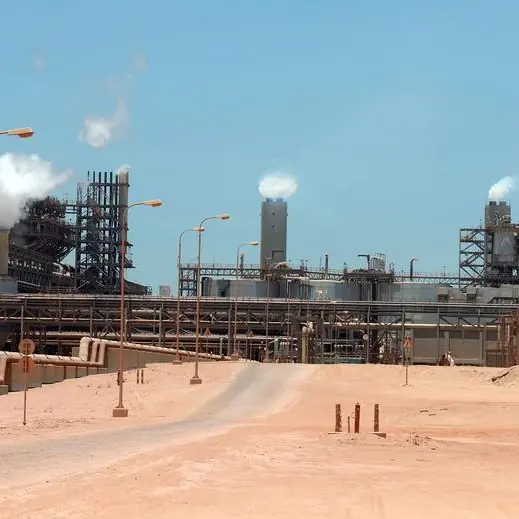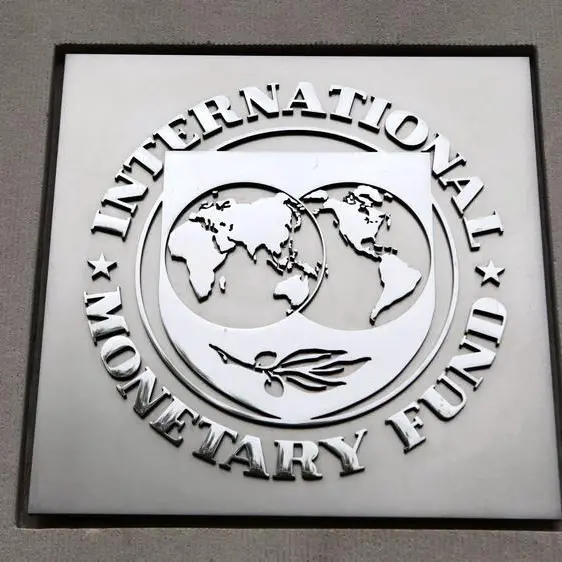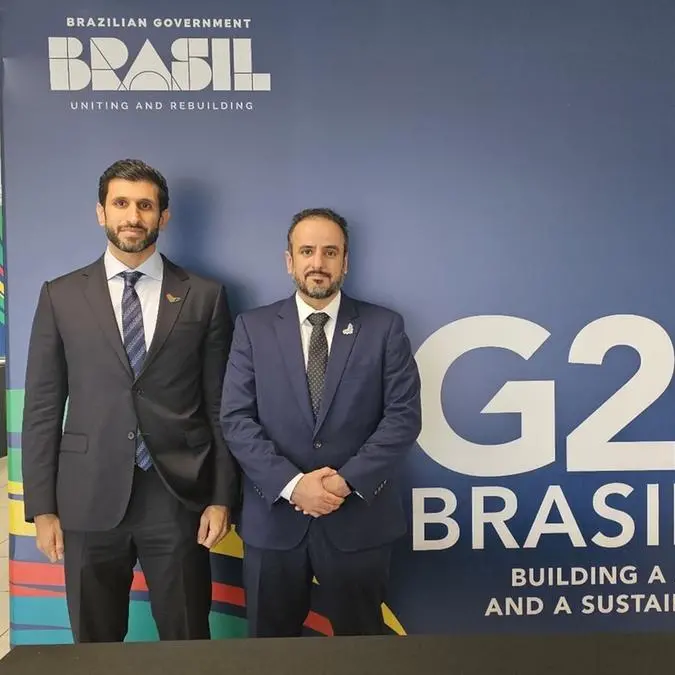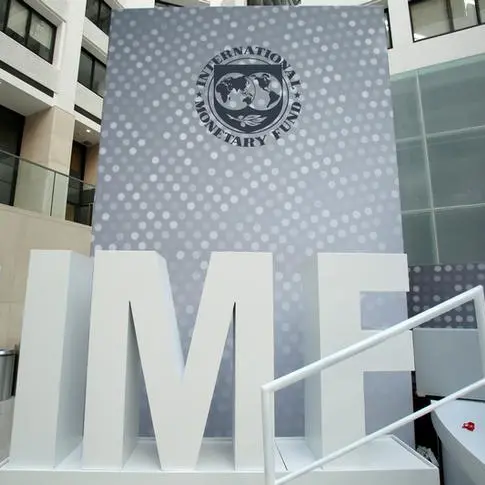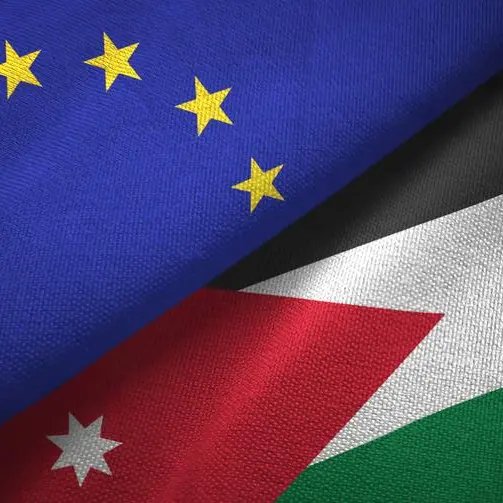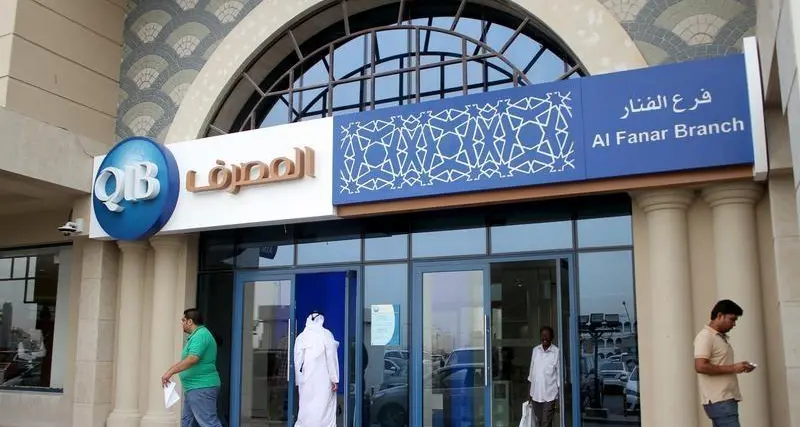PHOTO
The Middle East’s unique topography puts it in a precarious position to contend with risky levels of food and water scarcity. Its high reliance on food imports, which can reach up to 90 percent in some countries, is sparking discussions on the necessity of food waste strategies to safeguard the region’s precious natural resources.
Research by the UN’s Food and Agriculture Organization (FAO) reveals that global food waste costs up to $2.6 trillion annually, including $700 billion of environmental costs and $900 billion of social costs. The FAO estimates that the Near East and North Africa region wastes an average of 250 kg of food per capita each year, or about a third of food overall. The region also wastes up to 30 percent of its water and energy as a direct result of lost or wasted food. Experts estimate that about 34 percent of wastage is primarily driven by consumers.
Food waste leads to detrimental environmental impacts, chiefly food and water scarcity, in addition to deforestation, crop failures, increased greenhouse gas emissions, soil degradation, and shrinking profits for farmers. Food scarcity leads to price volatility, which in turn reduces the number of people who can afford nutritious food. Lower quantities and higher prices of food items have caused widespread famine, nutritional deficiencies and rising healthcare costs due to lost productivity from malnourished individuals.
With all this in mind, it is calamitous to witness food continuing to be lost and wasted. In recent years, policymakers have identified key areas where food is wasted across the supply chain so that innovative solutions can be formulated accordingly. At the beginning, where primary production of food takes place, diseases, extreme weather or pests can lead to crop failure or reduction. Produce can be discarded due to its quality or size not meeting contractual specifications. Spoilage can also occur due to improper storage, incorrect temperature control during transport, and damage during handling.
Within the retail and hospitality sectors, many wasteful practices can lead to high food losses, such as over-ordering, improper storage, high cosmetic expectations of produce, and over-stocking on perishables, such as meat, seafood, baked goods and prepared meals. Many households also tend to waste food by buying bulk or promotional items they don’t necessarily need or usually use, preparing too much food during special occasions or religious holidays, and shopping without meal plans or lists in mind.
Many countries have designed comprehensive food waste policies to tackle this burgeoning issue. For example, the Australian government estimates that food waste costs its economy $20 billion a year. Consequently, it has launched a national food waste strategy aimed at halving the country’s food waste by 2030. Solutions address a multitude of root causes and hold stakeholders responsible for delivering on this pledge. These include community education programs, research and technological programs that improve agricultural efficiency, a data dashboard on household food waste levels, funding support to industries to reduce waste, sustainable fisheries practices, partnerships with food banks, the establishment of online wholesale marketplaces for surplus food, the promotion of aesthetically imperfect foods at discounted prices, investing in technological solutions, and the optimization of food ordering and planning to avoid over-purchasing.
One of the most popular community education programs that tackles food waste is the “Love Food Hate Waste” campaign running in several Australian states, educating stakeholders about the detriments of food loss and food waste to the economy and environment. The campaign works with community organizations, chefs, businesses, local authorities and consumers to impart useful advice on how to reduce waste in various aspects of the Australian food system. Its signature “FoodSmart” online course is set over six weeks and educates individuals about identifying sources of food waste, food storage tips, meal planning, smart shopping, portion planning, and using up leftovers. Detailed guidance for businesses is also published on this matter.
Meanwhile, the European Commission has estimated that 20 percent of the total food produced in the bloc is lost or wasted, costing it €143 billion ($172 billion) or 89 million tons of food annually. To combat this challenge, the EU has pledged to reduce its enormous food waste levels by half by 2025. It is working diligently with stakeholders in its supply chains to formulate innovative solutions, from farmers, food manufacturers and processors to retailers, hospitality sectors and consumers. For example, in 2016, France became the first country in the world to prohibit supermarkets from discarding unsold food, opting instead to donate it to food banks and charities. Countries such as Denmark, Norway and Italy have also launched food waste programs.
The UAE estimates that food waste costs its economy about 13 billion dirhams ($3.5 billion) annually. Considering that it imports more than 90 percent of its food, food waste reduction is a national priority and a number of food waste reduction programs have been launched. In 2017, the UAE established its first food bank, which partners with hotels, restaurants and supermarkets to collect and distribute fresh food to those in need. In 2019, the UAE’s Ministry of Climate Change and Environment collaborated with tech company Winnow to launch an artificial intelligence-based system that enables chefs to track food items that regularly get wasted, prompting them to adjust their orders to reduce costs and save valuable resources, such as energy and water.
The Middle East urgently needs to reduce food loss and waste across its food system. Doing so will ensure people have access to sustainable, affordable and accessible food sources, while safeguarding the region’s precious natural resources.
- Sara Al-Mulla is an Emirati civil servant with an interest in human development policy and children’s literature. She can be contacted at www.amorelicious.com.
Copyright: Arab News © 2021 All rights reserved. Provided by SyndiGate Media Inc. (Syndigate.info).

